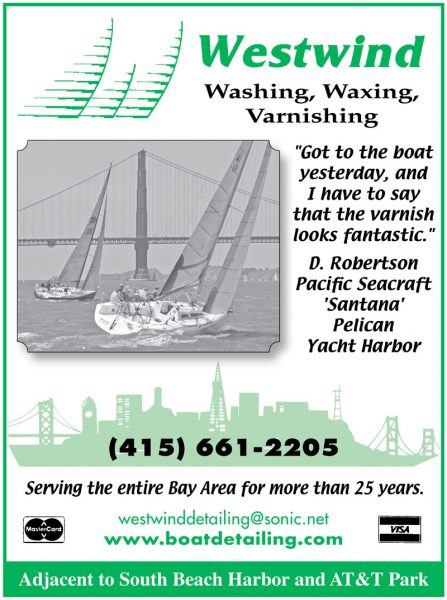
Checking in with the Baja Ha-Ha in Mexico
We just — and we mean just — got a call from the Grand Poobah in Bahía Santa Maria giving us a little Baja Ha-Ha update. “Right now we have about 121 boats and 461 people; the first leg started sunny and beautiful and then got cold and sprinkle-y, which is unusual this time of year.”
Despite the clouds, the Poobah said that the sailing has been magnificent, especially when compared to last year’s sunny but largely windless Ha-Ha. “Lots of boats sailed 70- or 80% of the first leg — that’s more sailing then almost all of last year,” the Poobah and Latitude’s founder told us. “People have been landing a lot of fish, and we had a huge welcome in Turtle Bay.”
A quick perusing of social media, especially using the hashtag #bajahaha, has yielded the following images from the west coast of Baja California:
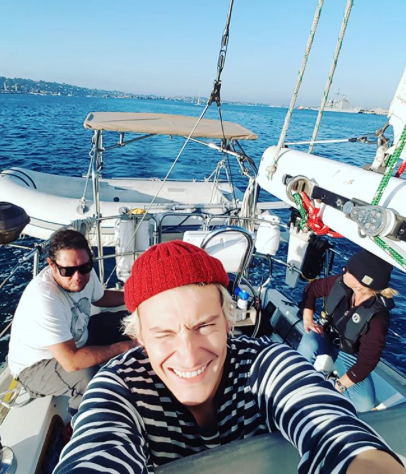
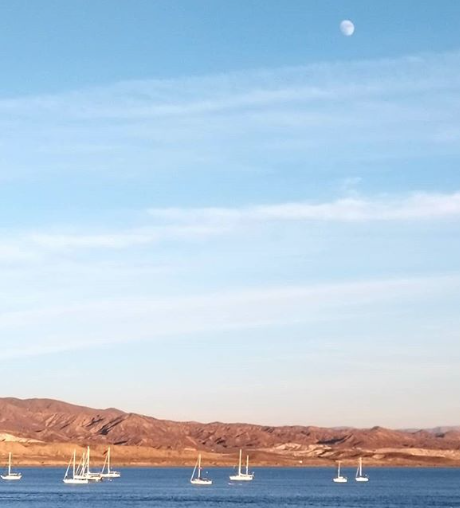
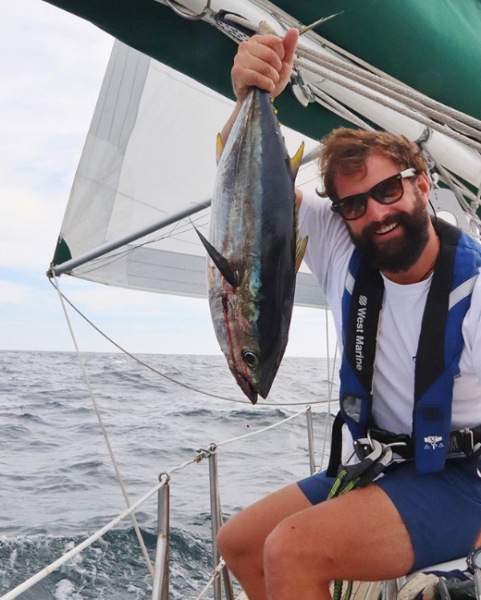
.
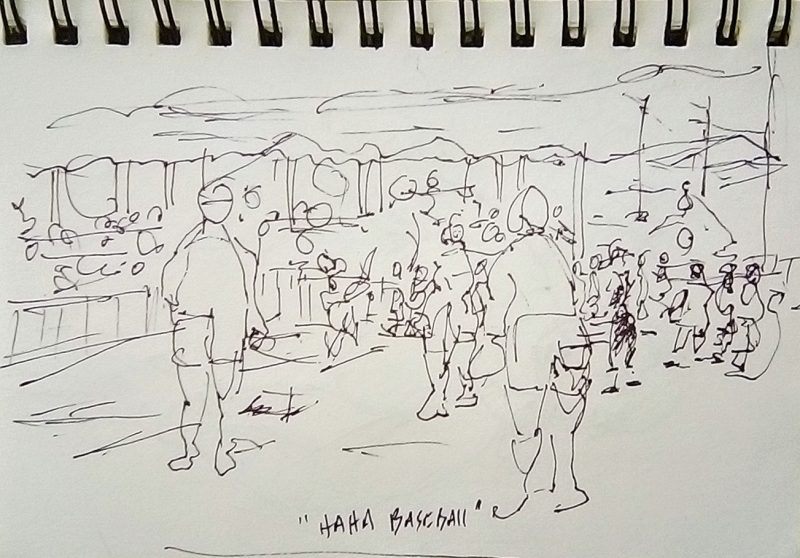
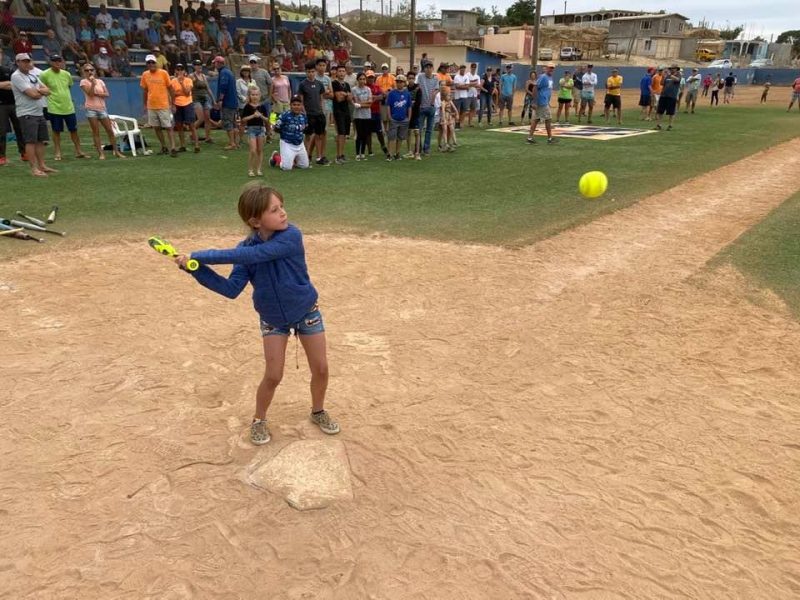
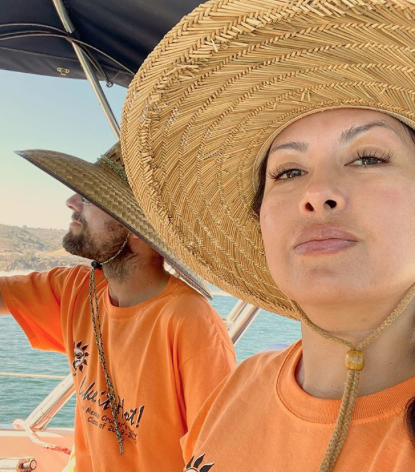

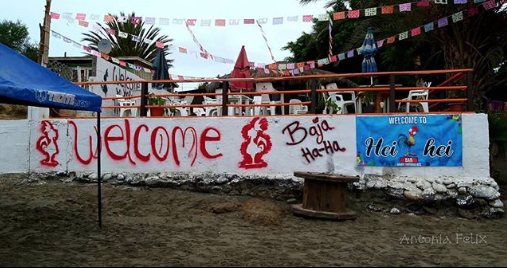
During the passage from Turtle Bay to Bahía Santa Maria, the Grand Poobah said that 30- to 40% of the boats sailed the entire way — another apparent rarity. “A few boats got hit by a squall with 30- to 35-knot winds, and there were some spinnaker wraps and a little breakage, but other boats have been helping out. Now it’s sunny and clear, and we have total Baja weather. Tomorrow we’re going to have a big rock and roll band up on the bluff. We’ll be here another day.”
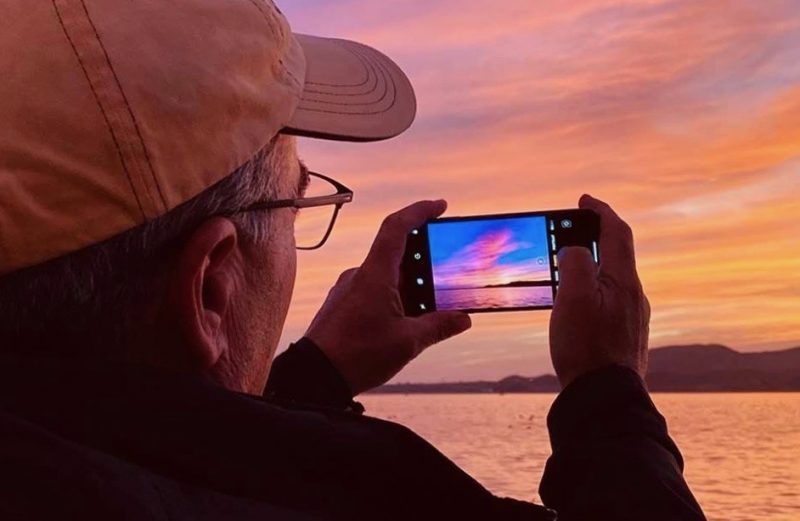
West Coastal Cruise Weather Planning, Part 2
On Friday, Mitchell Andrus asked Latitude Nation what forecasting tools they used to plan a coastal cruise. As he and his partner and first mate Quincey Cummings were in Santa Barbara and planning their trip north, back to the Bay, Mitchell found a coupon for 15 days of premium service from Weather Routing Incorporated, or WRI.
I signed up for WRI immediately and told them about my planned trip with dates and potential stop options. They asked for our yacht’s polar charts (predicted sailing speed at different wind angle and force) and if I had and wind or sea-state limits for them to weigh against our route.
We decided on our plan using the same method used for the trip south. I wrote an itinerary and sent it via email to WRI. They immediately replied; “We’ve noted your plan, when would you like your first forecast from us?” We were planning to leave Santa Barbara for Santa Cruz Island on a Tuesday afternoon; the following night, we would set sail for Conception and head north, on the beginning of another Santa Ana. I responded to WRI that I would like the report Tuesday morning.
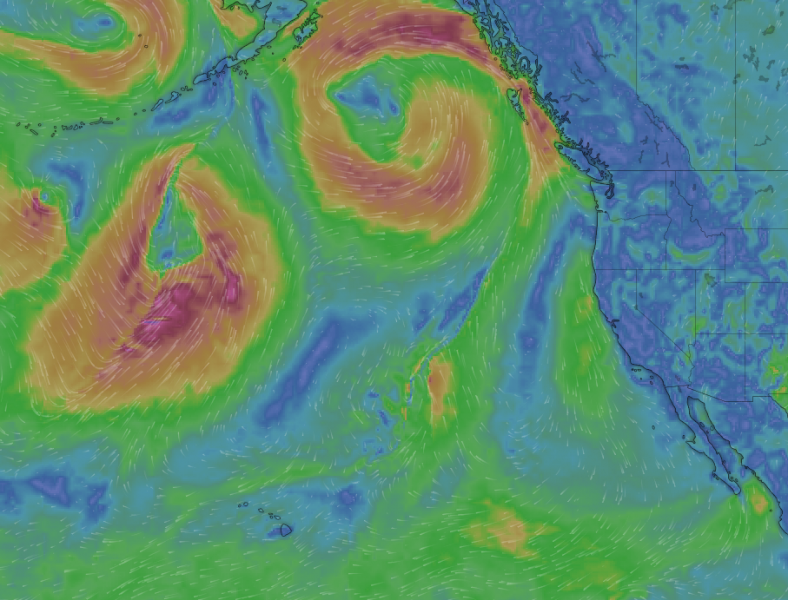
I received two very detailed emails, one with a route on a chart and a description of our itinerary with the key words “Your route is valid.” Then, they break it down with why they agree, complete with examples of the high- and low-pressure locations. Following that is a spreadsheet with predictions for your estimated location and the conditions there every few hours. The spreadsheet has data for wind speed and direction, swell height and direction, temperatures, and cloud cover. The second email contained a Meteogram (graphic info) of the same info compiled on the previous spreadsheet and a NOAA Pacific Ocean Surface Analysis. They did say we should expect motoring most of the way and relatively easy seas around the Point. I asked them to send forecasts every morning until we arrived home. I figured we’d have pretty good cell data reception motoring parallel with the coast between five and 15 miles off.
I was right; we had access to our phones, as we would on land, for most of the trip. I regret to admit I spent too much time on Instagram on that passage! We continued to check the free weather apps every few hours and found them to be pretty accurate with light winds right on the nose — not enough to sail offshore for. The first morning, after we’d rounded the Point, we received another very detailed email with our location updated on WRI’s chart via our AIS signal checked through our MMSI. They really were keeping an eye on us.
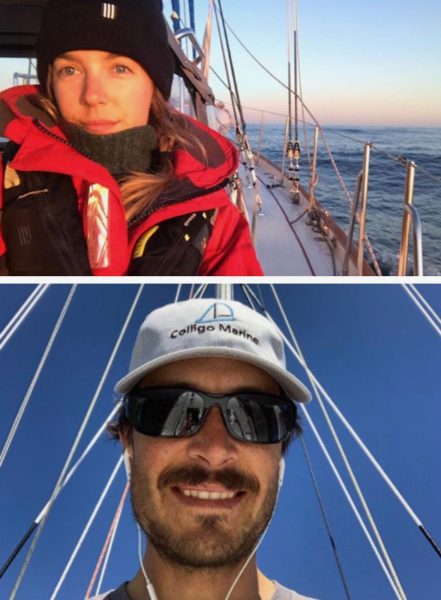
By the afternoon of the first 24 hours out of the islands, we were pretty tired of motoring. I looked out as far as the free forecasts on our apps would provide and saw good strong southerlies predicted for four days out. We’d never been to Monterey by boat, and thought a few days at anchor there could be a lot of fun. We could finish the last leg of the sail wing on wing. You know the saying, “Good weather comes to those with time.”
I sent this idea to WRI, a team of professional meteorologists (which I’m not) and they responded with, “We do not advise. Our recommendation is just to continue on to San Francisco as we don’t see any significant benefits to stopping as we don’t see any S’ly winds for quite a while. If you did decide to stop, you could resume on the 28th with more offshore winds to start.” So, on to San Francisco we pressed with our 30-year-old marinized Volkswagen diesel nicknamed “the Little Engine that Does.” We did have to get back to work, sooner rather than later.
We sailed under the Gate with the asymmetrical chute on a sunny and warm Friday, October 25, 49 hours after leaving Santa Cruz Island. We did have about nine hours of glorious beam reaching along the way (WRI predicted this and noted it on our route plan). You may recall the weather that ravaged the Bay on the 26th and 27th? We just missed it. Saturday morning WRI sent me an email saying they registered we had made it back to our marina.
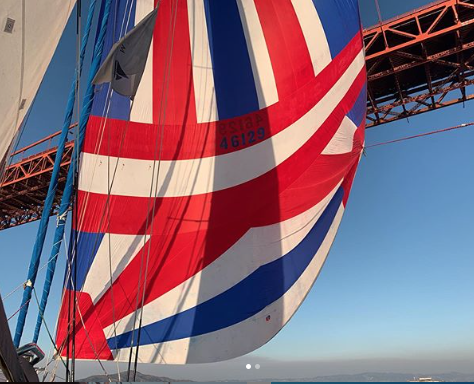
The trip was 14 days and just over 700 nautical miles. We used all the modern tools we had access to, all for free. If we had been going farther afield, I would have acquired a satellite communication device so we could get all that same information offshore. Though, I don’t know which service — between PredictWind or WRI — I would pay for.
Do any of you have a similar experience? Or do you pay for a service that you couldn’t do without?
Westwind Boat Detailing
Fine Finishes and Foiling into UFOs
Transat Jacques Vabre IMOCA Podium Decided
As of this writing, much of the fleet of the 14th edition of the Transat Jacques Vabre has reached the finish in Salvador de Bahia, Brazil, though the smallest, slowest fleet in the race — the Class 40s — is still at sea. At the head of the premier IMOCA division was the new-generation foiling IMOCA 60 Apivia, skippered by former Mini Transat winner Charlie Dalin. Co-skipper Yann Eliès will now go down as one of the most successful skippers in the history of the race, with three victories from six participations.
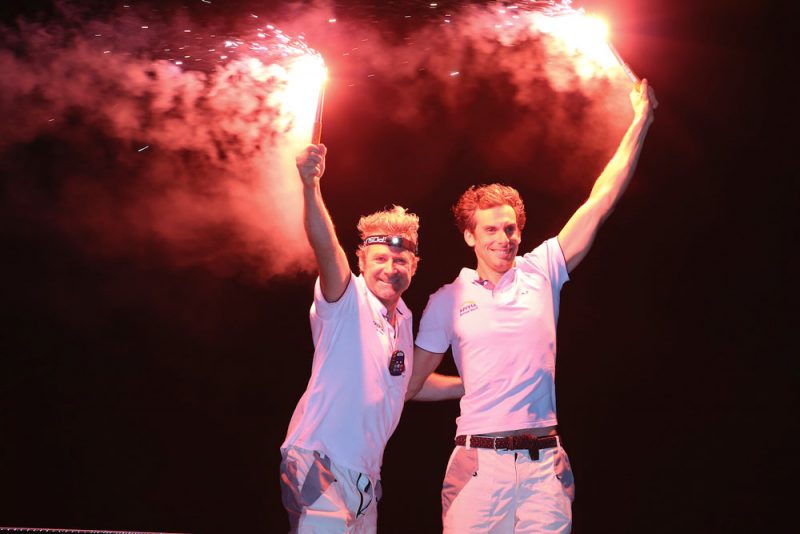
Sailing near the front of the fleet for much of the race, Apivia made a decisive race-winning move when entering the doldrums. Shifting 50 miles to the east in the wake of the Multi 50 trimarans, which are allowed outside routing assistance, proved to be a winning strategy for Apivia. Long-time race leader Charal endured three painful days in the doldrums and would lose more than 400 miles, falling from first place to sixth place. They would eventually regain positions to finish on the podium in third place.
American skipper Charlie Enright and his French co-skipper Pascal Bidégorry capped off a fantastic first transatlantic race for Ocean Race syndicate 11th Hour Racing, a newcomer to the IMOCA class. Sailing the boat formerly known as Hugo Boss, which finished second in the last Vendée Globe, the duo showed very competitive pace for much of the race, ultimately finishing in a hard-fought fifth place. With a record-setting fleet of close to 30 boats where nearly half the fleet was in contention for the podium, this is a solid result. The established yacht racing syndicate plans to build an all-new boat before the next Ocean Race begins in less than two years’ time.
A Boat-Breaker
For British skipper Alex Thomson, the Transat Jacques Vabre again lived up to its reputation as a boat-breaker, though one that will allow him and his Hugo Boss team to come back stronger for the main objective, the next Vendée Globe. After hitting an unidentified floating object and breaking the canting-keel mechanism on the boat, Thomson and McDonald jettisoned the entire keel and sailed their IMOCA 60 to the Cape Verde Islands. With their brand-new IMOCA fully water-ballasted and with foils deployed, the two sailors exhibited the utmost in professionalism to get into port so that they could return the boat to England and get it repaired and back on the water as quickly as possible.
Maxi-Trimarans in the Brest Atlantiques
The inaugural Brest Atlantiques race has gotten off to a fast start. The leaders are already well past the equator and sailing down the coast of Brazil after just six days at sea. Charles Caudrelier and Franck Cammas onboard maxi Edmond de Rothschild are leading. But, they’ll be pulling into Salvador early tomorrow morning. They collided with an unidentified floating object and sustained damage to a daggerboard. The team’s general manager, Cyril Dardahsti, will supervise from Lorient, France.
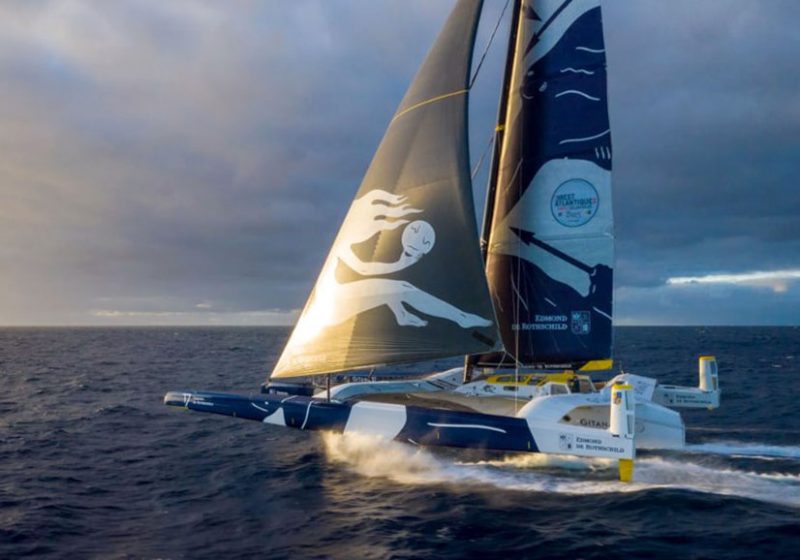
François Gabart’s trimaran MACIF — the perennial favorite in this class — trails in second place. MACIF hit an unidentified floating object, breaking a rudder, and will make a pit stop in Rio de Janeiro. “We were sailing relatively fast, at around 35-40 knots, when we hit something pretty hard,” explains Gabart. “There was a sudden loud crash, as we violently hit an unidentified floating object, causing the central hull rudder to break. Located at the back of the central hull, this rudder is used to steer the boat. Luckily, we have three on our Ultim trimarans. Going straight, we continue to sail fast, but there are times when the boat becomes difficult to maneuver, and we come close to veering off track, a little like what I experienced last year in the Route du Rhum after we lost a float rudder.”
A Mini Glance at the Mini Transat
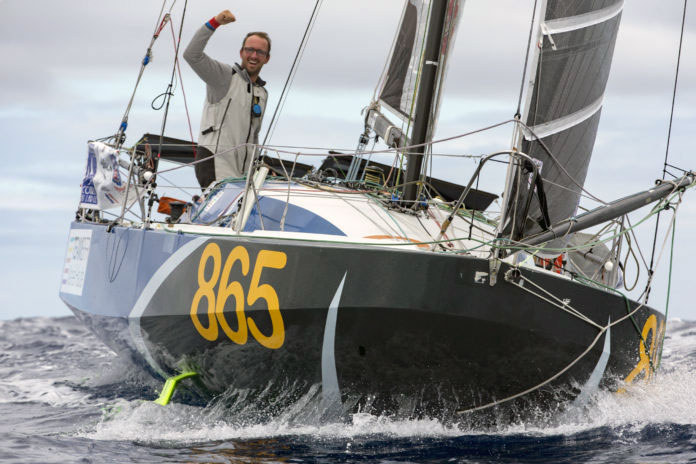
Earlier this morning, Russian sailor Irina Gracheva and Frenchman Julien Berthélémé both announced that their boats had dismasted. Otherwise, all is well aboard for both skippers. These two dismastings are the first to occur since the start of this edition of the Mini-Transat La Boulangère. See www.minitransat.fr/en for updates.
Seminars for Singlehanding to Hawaii
Are you Singlehanded Transpacific Yacht Race-curious? Or just interested in sailing your boat to Hawaii? Whether you’re committed to the 2020 SHTP or just beginning to entertain the idea, the Singlehanded Sailing Society invites you to attend their series of seminars leading up to the 2020 race.
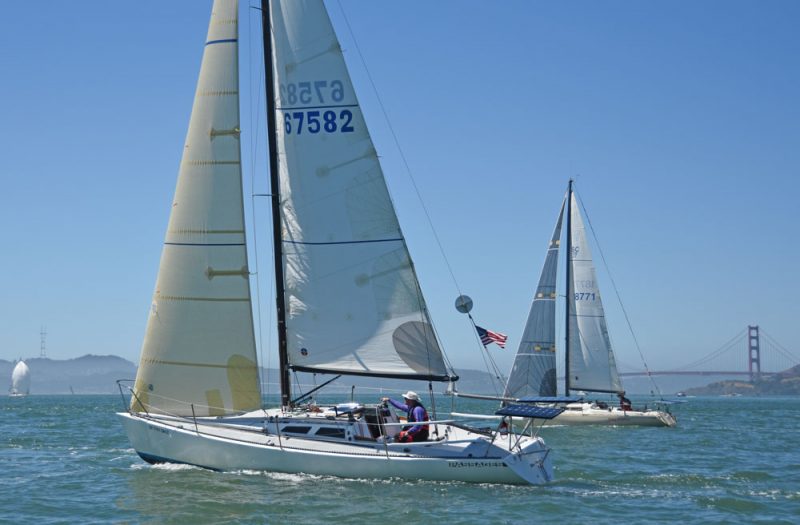
Monthly seminars dot the calendar between now and the start of the race on June 27. Unless otherwise noted, the seminars will be held in Oakland Yacht Club’s Regatta Room starting this Wednesday evening, November 13, at 7:30 p.m. They’re free, and no registration is required. Just show up. Here’s the complete schedule with topics:
November 13
Welcome and introduction to the idea of the race, with David Herrigel and Bob Johnston.
December 11
Power requirements and types of communications, with Chris Case. Small boat issues; keeping yourself warm, dry and fed, with Express 27 sailors George Lythcott and Joe Balderamma.
January 11-12
January’s event will be a cruise-in to Richmond Yacht Club, with an emergency-rudder race in Potrero Reach. Come with or without your boat, bring your emergency rudder, talk about how they’re made, whether you’ve tried it, and try it out. Stay the night on your boat and eat breakfast at Louie’s the next morning.
February 19
The return trip: by container or sailor? Shipping logistics and the return home for those who might be considering sailing back. May also include a discussion of anchoring.
March 11
Rigging with Ryan Nelson of Rogue Rigging. Sail plans for a race to Hawaii.
April 1
Medical considerations and provisioning; the awards ceremony; accommodations; directions to Command Central in Hanalei.
May 6
Weather routing and race strategy, with advice from 2018 sailors from light-displacement, heavy-displacement and middle-range boats.
June 20
Pre-departure BBQ, potluck, crate packing and final shipping details. Location TBA.
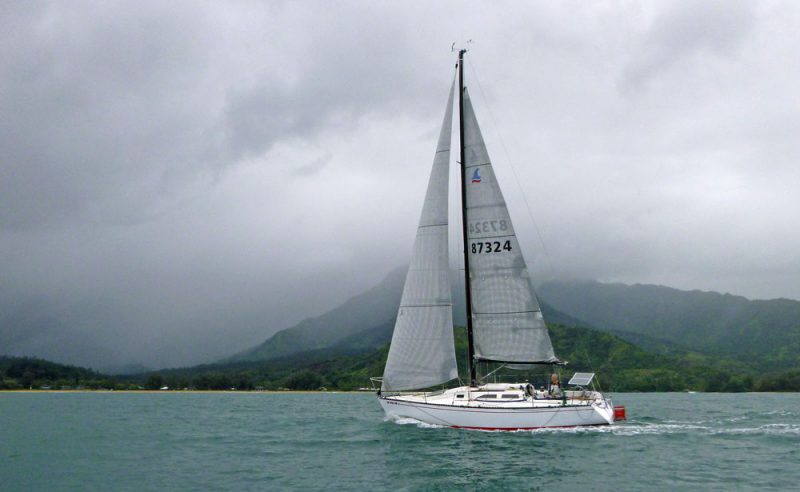
For more info, see www.sfbaysss.org.

